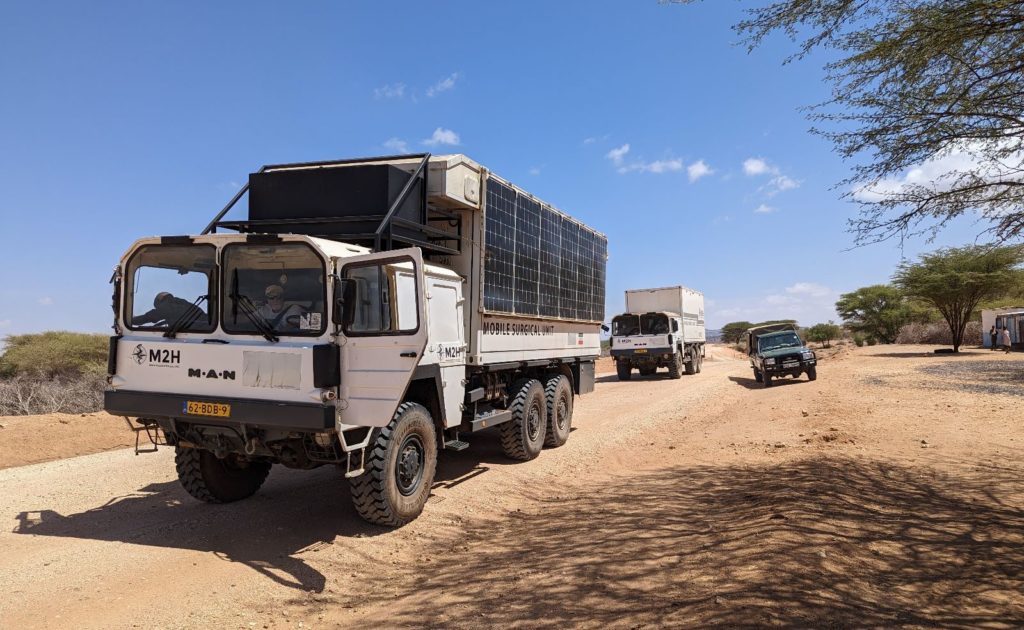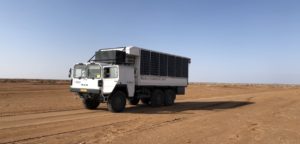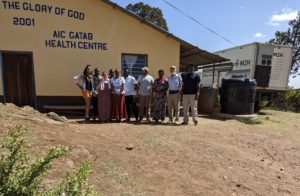
What makes Mission to Heal different?
Picture this:
In a remote village in Kenya, there’s a clinic with 2 nurses. They see every patient, every ailment that walks through their doors.
These nurses want to help their community. They know the small issues build up to big health concerns, and they want to learn skills that will benefit the patients they come across daily.
But, in order to expand their knowledge, they’ll need to spend time learning at a larger hospital, in a big city, away from the clinic that desperately needs them. And if the nurses can’t go, they have to refer their patients to these hospitals and cities anyway.
Doesn’t it look like the classroom and the operating room needs to come to them?
This is where Mission to Heal steps in. We see this gap in healthcare – the space where professionals are eager to learn more and bring healing to their own community, but don’t have the time or resources to do so.
We’re here to make medical missions sustainable. Here are 3 ways Mission to Heal is different from any other medical organization:
We Teach
We go to the furthest regions of the world to teach a variety of basic surgical skills, based on what each community needs.
One village may be dealing with dental abscesses, while another might have a high population of pregnant mothers. So, we’ll teach dental extractions to one and ultrasound testing to the other. Rather than a one-week medical camp where we perform whatever surgeries we think we should do, our visits and education are tailored to them.

We Venture
Frontiers in Public Health found that in Kenya, it takes an average of over 2 hours for citizens to travel to public health facilities. Private health facilities are even less accessible, and on average are over 4 hours away. This means that smaller, more remote clinics need to be better equipped to serve their patients and cut down on travel time for everyone.
Mission to Heal’s Mobile Surgical Units are the perfect tool to overcome this barrier in health. Instead of taking the patient to the operating room, we take the operating room to the patient. This provides a controlled setting to work alongside local medical practitioners who want to learn how to provide better surgical care for their own community.

We Return
Continuing education is vital, especially in the field of healthcare. We lay a base foundation for all the clinics we visit, and work with our local partners to return to these locations every few years to build on that training.
It’s inspiring to come back to these communities and witness the transformational healing that has happened. We see a significant decrease in certain health problems due to the local clinic’s commitment to performing the operations we taught them. And when we return, they are excited to see what else we have to teach them.

Our team at the AIC Gatab Health Centre in 2019

M2H returning to the AIC Gatab Health Centre in 2023
Mission to Heal is different. Rather than swooping in to operate on every person who needs it, we know that the best, most sustainable way to do missions is to teach local nurses, doctors, and other practitioners. This way, when we pack up, they have the confidence to treat their community in the way they really need it.
One week with Mission to Heal provides a lifetime of healing. Support our transformative work today, or sign up to join us next time.